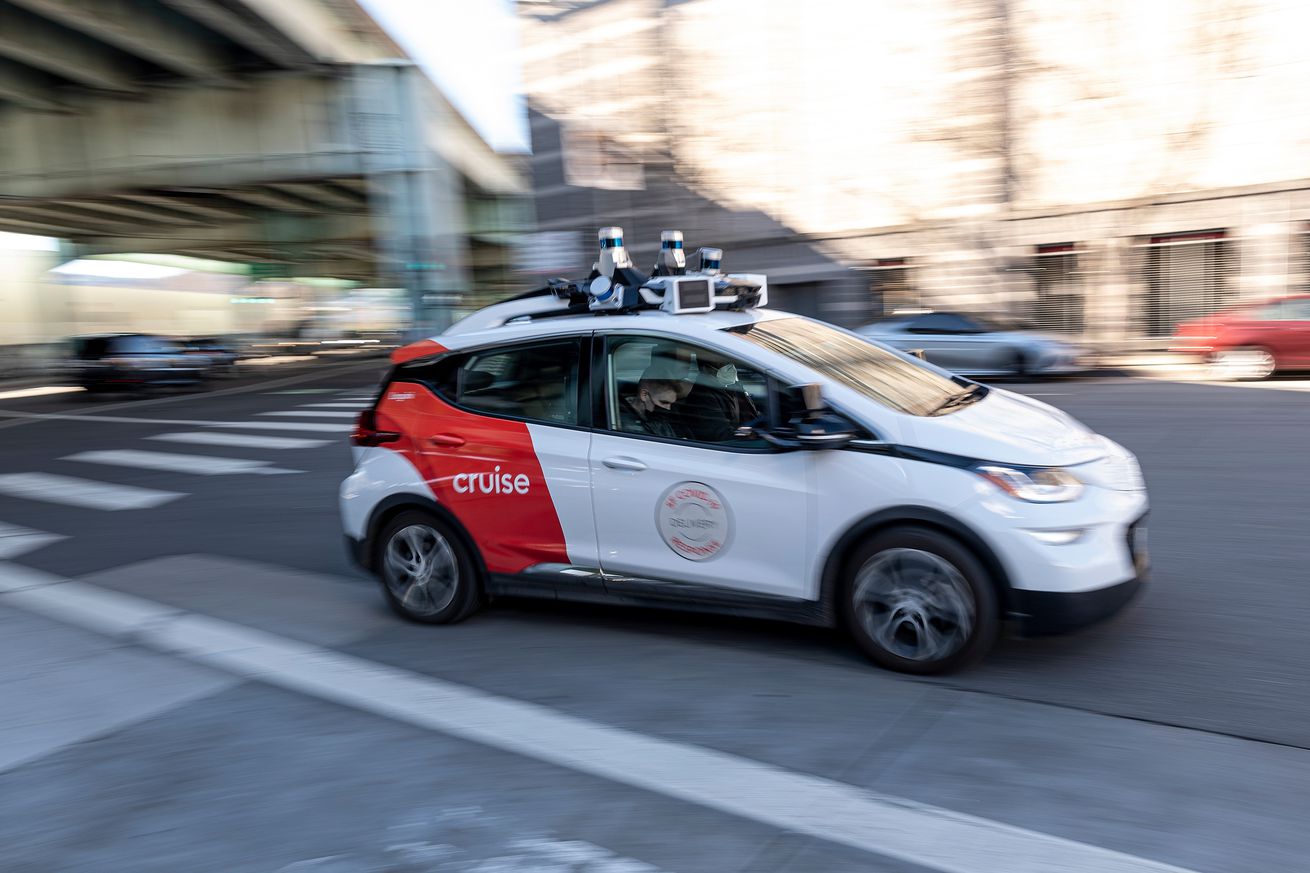
Cruise continues to burn GM’s cash as robotaxis expand to daylight hours
Cruise, the autonomous vehicle division of General Motors, is now operating a “small” fleet of driverless robotaxis in San Francisco during daylight hours for the first time. The news comes as Cruise continues to operate in the red, losing $561 million in the first quarter of 2023.
The company earned just $30 million in revenue for GM, though most of that money comes from interest and other non-operating sources. Cruise, which operates robotaxis in San Francisco, Phoenix, and Austin, says it remains on track to hit $1 billion in revenue by 2025 and $50 billion by 2030.
Cruise CEO Kyle Vogt said the company expanded its driverless fleet size by 86 percent, from 130 to 242 “concurrently operating AVs.” The vehicles have since passed the 1.5 million miles mark and regularly conduct 1,000 driverless trips with passengers each day, Vogt added.
The company was previously only operating its fully driverless vehicles in San Francisco at night but has since obtained permission for daylight operations. “A small portion of our fleet is now serving driverless rides 24 hours a day across all of San Francisco,” Cruise CEO Kyle Vogt said during a GM earnings call Tuesday. “For us, this is a milestone years in the making and represents that our driverless fleet has real commercial value.”
Cruise declined to share the number of vehicles that would be accepting passengers during the day. The fully driverless cars will only be available to Cruise’s power users, who are members of the public who get free rides in exchange for testing out beta features and sharing feedback with the company.
Customers who ride in Cruise’s vehicles between 10PM and 5:30AM do pay for their trips. Those vehicles are only available in the northwest section of San Francisco. Meanwhile, Cruise employees, also known as Cruisers, can ride in the company’s driverless vehicles in a much larger portion of the city, 24 hours a day, 7 days a week.
The news comes as the outlook for a future dominated by driverless cars remains dour. Investment in robotaxi and delivery operations has fizzled, dropping 60 percent in 2022 compared to the previous year. Major AV operators are slashing costs, laying off staff, and some have even closed altogether.
But despite the setbacks in the industry, GM remains confident in Cruise’s future. The company’s next-generation vehicle, the Cruise Origin, is currently in production at the GM Detroit-Hamtramck Plant (rebranded as Factory Zero). The steering wheel- and pedal-less shuttle will replace Cruise’s fleet of Chevy Bolts, which will end production later this year.
Also later this year, the Cruise Origin is expected to start testing on public roads in Austin. “This vehicle has been validated almost entirely in simulation, reducing our historical reliance on expensive and time-consuming supervised technology at the collection,” Vogt said. “The launch of the Origin is a critical step on our path to profitability as well and towards hitting a billion dollars in revenue in 2025. We remain on track and slightly ahead as it is today.”

